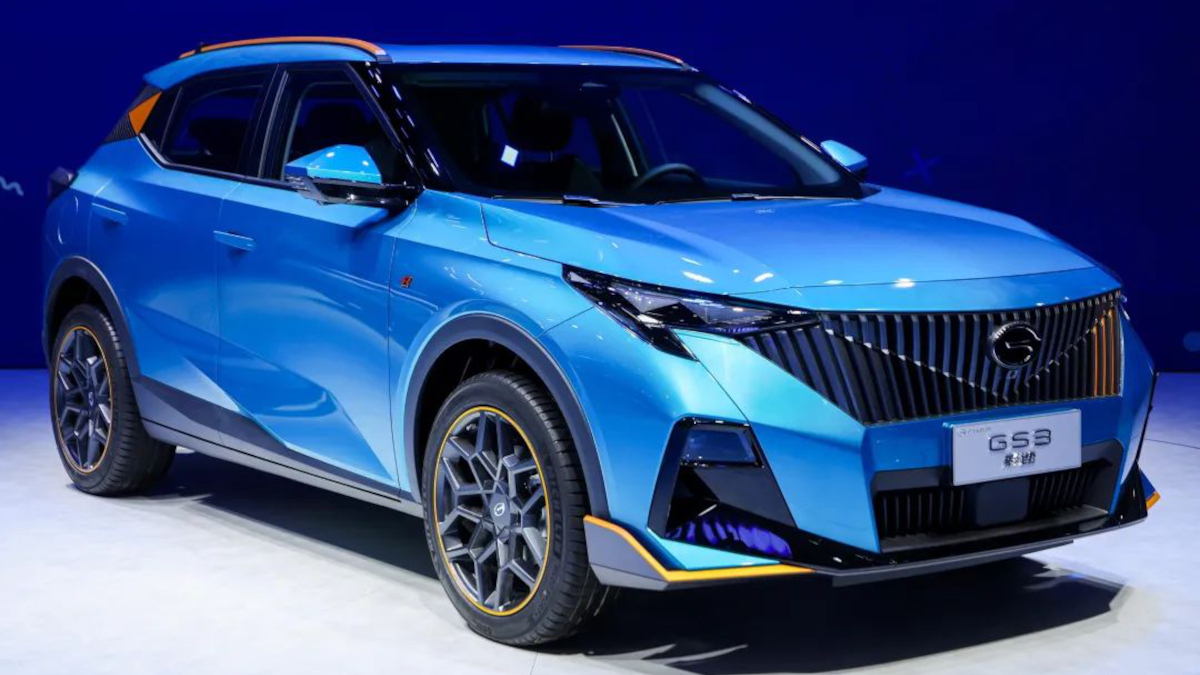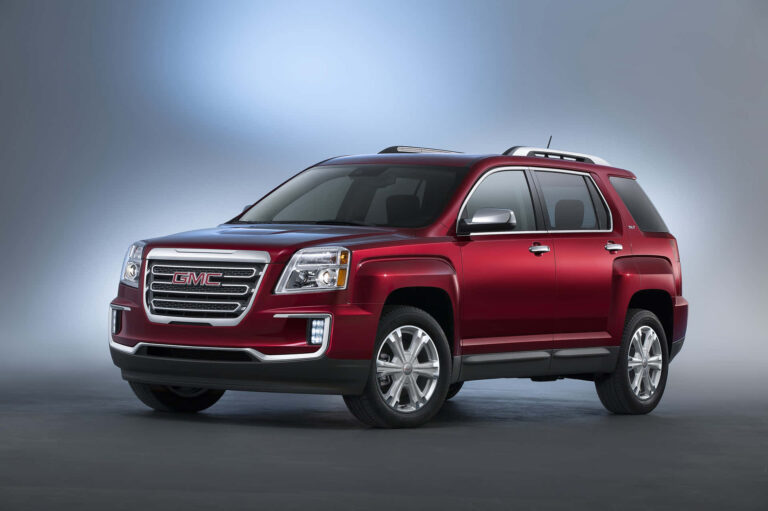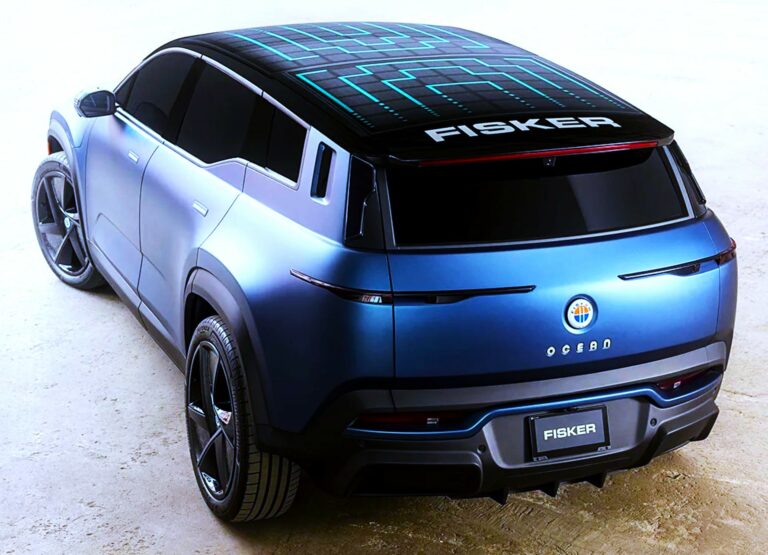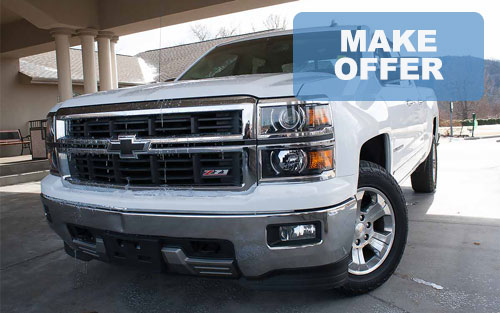Brand New Car Philippines: Your Ultimate Guide to Driving Home a Brand New Ride
Brand New Car Philippines: Your Ultimate Guide to Driving Home a Brand New Ride cars.truckstrend.com
The dream of owning a brand new car is a significant milestone for many Filipinos. More than just a mode of transport, a brand new car in the Philippines represents convenience, safety, comfort, and often, a symbol of hard-earned success. Navigating the vibrant and diverse Philippine automotive market, however, can be both exciting and overwhelming. This comprehensive guide aims to demystify the process, offering practical advice and actionable insights for anyone considering purchasing a brand new car in the Philippines. From understanding market dynamics to securing the best deal, we’ll cover everything you need to know to make an informed decision and drive home your dream vehicle.
The Allure and Advantages of a Brand New Car in the Philippines
Brand New Car Philippines: Your Ultimate Guide to Driving Home a Brand New Ride
Buying a brand new car in the Philippines offers a distinct set of advantages that appeal to a wide range of buyers. While pre-owned vehicles have their merits, the peace of mind and benefits associated with a fresh-from-the-dealership car are often unparalleled.
- Unquestionable Reliability and Warranty: One of the foremost benefits is the assurance of a vehicle free from hidden defects or wear and tear. Brand new cars come with comprehensive manufacturer warranties, typically ranging from 3 to 5 years or specific mileage, covering major components and offering free repairs for manufacturing faults. This eliminates unforeseen repair costs in the initial years of ownership.
- Latest Technology and Features: Brand new models are equipped with the most current automotive technologies, including advanced infotainment systems, connectivity options, and cutting-edge driver-assistance features. These innovations enhance convenience, entertainment, and the overall driving experience.
- Enhanced Safety Standards: Modern vehicles incorporate the latest safety innovations, such as multiple airbags, Anti-lock Braking Systems (ABS), Electronic Stability Control (ESC), and advanced driver-assistance systems (ADAS) like blind-spot monitoring, lane-keeping assist, and autonomous emergency braking. These features significantly improve occupant protection and accident avoidance.
- Flexible Financing Options: Dealerships and banks in the Philippines offer a myriad of financing schemes, making brand new cars more accessible. These often include low down payment options, extended loan terms, and competitive interest rates, allowing buyers to manage their budget effectively.
- Higher Resale Value (Initially): While a new car depreciates the moment it leaves the showroom, well-maintained popular models tend to retain a better percentage of their value over time compared to older, less popular used cars. This can be an important factor when considering future upgrades or sales.
- Personalization and Peace of Mind: Being the first owner allows you to personalize your vehicle without inheriting previous owners’ habits or modifications. Furthermore, the absence of a mysterious past provides unparalleled peace of mind regarding the vehicle’s history and condition.
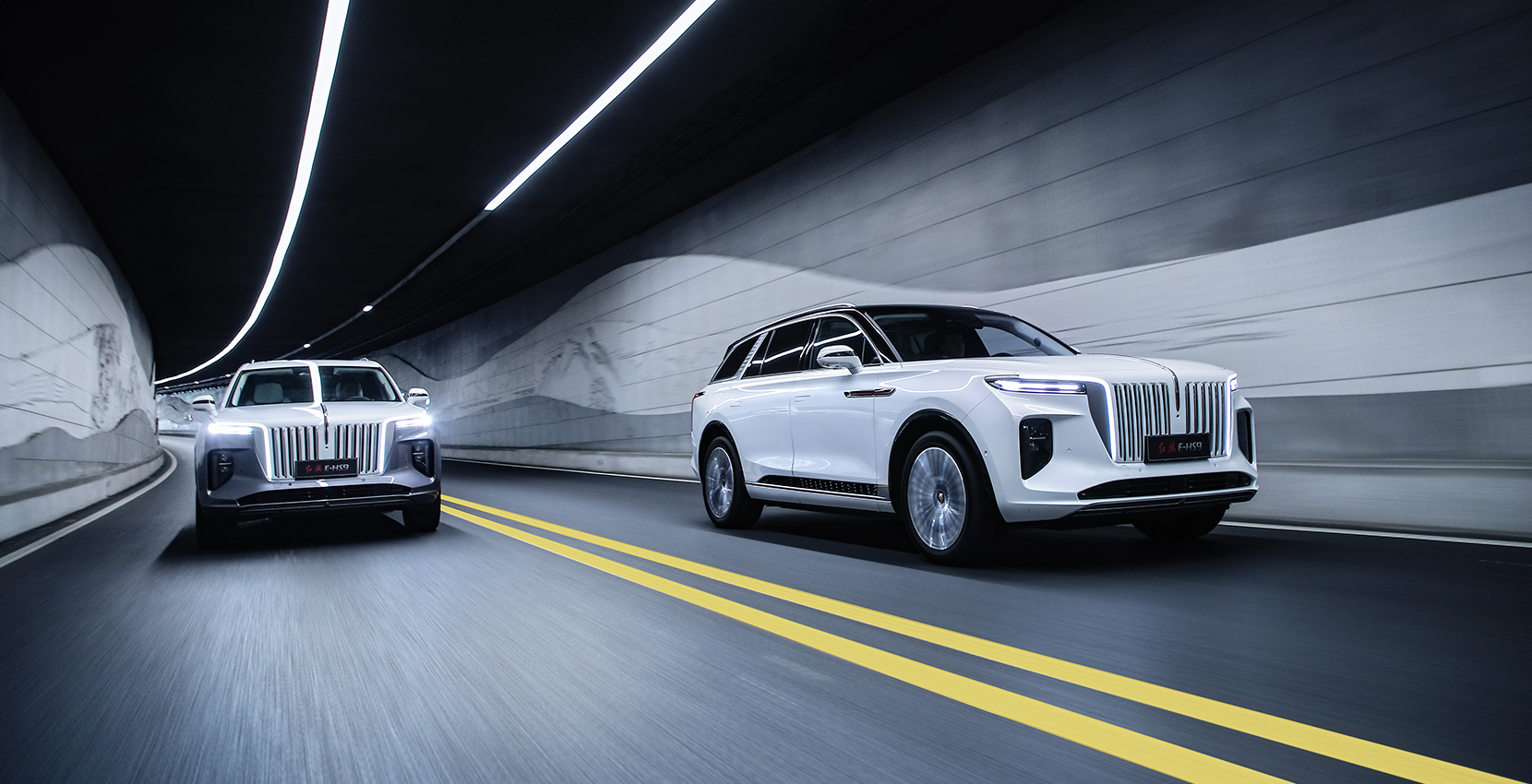
Navigating the Philippine Automotive Market: Key Segments and Brands
The Philippine automotive landscape is dynamic, with a wide array of brands and vehicle types catering to diverse needs and preferences. Understanding the market segments can help narrow down your choices.
- Sedans: Still a popular choice, especially for city driving and small families, offering comfort, fuel efficiency, and compact dimensions. Examples: Toyota Vios, Honda City, Nissan Almera.
- SUVs (Sport Utility Vehicles): The dominant segment, favored for their higher ground clearance, spacious interiors, commanding driving position, and versatile cargo capacity. Sub-segments include compact crossovers (e.g., Toyota Raize, Geely Coolray) and mid-size SUVs (e.g., Toyota Fortuner, Mitsubishi Montero Sport).
- MPVs (Multi-Purpose Vehicles): Ideal for larger families, offering 7-seater configurations and flexible seating arrangements. Examples: Toyota Avanza, Mitsubishi Xpander, Suzuki Ertiga.
- Pick-up Trucks: Highly popular for their utility, robust build, and ability to handle rough terrain and heavy loads. They serve both commercial and leisure purposes. Examples: Ford Ranger, Toyota Hilux, Isuzu D-Max.
- Hatchbacks: Compact and fuel-efficient, perfect for urban commutes and easy parking. Examples: Toyota Wigo, Suzuki S-Presso.
- Vans and Commercial Vehicles: Essential for businesses, offering large cargo or passenger capacities. Examples: Toyota Hiace, Hyundai Starex.
- Electric Vehicles (EVs) and Hybrids: An emerging segment gaining traction, driven by environmental consciousness and rising fuel costs. Examples: BYD Dolphin, Nissan Kicks e-POWER, Hyundai Ioniq 5.
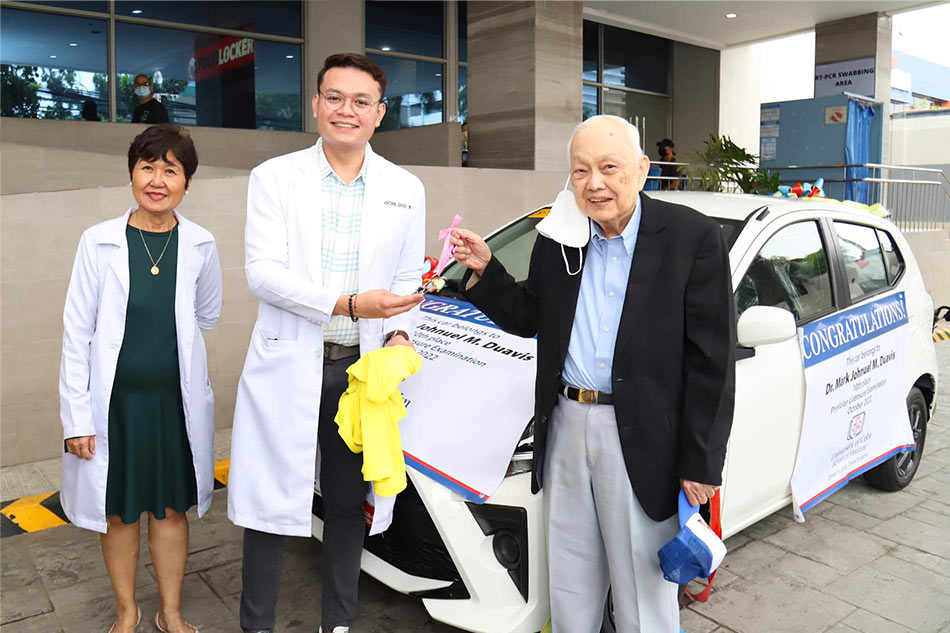
Key Brands: Japanese brands like Toyota, Mitsubishi, Honda, Suzuki, and Nissan continue to dominate due to their reputation for reliability, strong after-sales service, and high resale value. Korean brands such as Hyundai and Kia offer stylish designs and good value. Chinese brands like Geely, MG, Chery, and BYD are rapidly growing, offering feature-rich vehicles at competitive price points. European and American brands (e.g., Ford, Mercedes-Benz, BMW, Volvo) cater to the premium and luxury segments.
The Brand New Car Buying Process in the Philippines: A Step-by-Step Guide
Purchasing a brand new car in the Philippines can be broken down into several manageable phases, ensuring a smooth and informed transaction.
Phase 1: Research and Budgeting
- Determine Your Needs and Lifestyle: Before looking at models, assess what you truly need. How many passengers will you typically carry? What type of roads will you primarily drive on? Do you need cargo space for business or hobbies? Is fuel efficiency a top priority?
- Set a Realistic Budget: This is crucial. Your budget should cover not just the acquisition cost (down payment, monthly amortizations) but also recurring expenses like fuel, insurance, maintenance, registration fees, parking, and potential accessories. Use online calculators to estimate monthly loan payments.
- Research Models and Features: Explore various brands and models that fit your needs and budget. Read reviews, watch video comparisons, and visit manufacturers’ websites to understand specifications, variants, and available features. Pay attention to safety ratings and fuel economy figures.
- Compare Brands and Dealerships: Different dealerships for the same brand might offer varying promos, after-sales service quality, or inventory. Research their reputations online or through word-of-mouth.
Phase 2: Test Driving and Evaluation
- Visit Dealerships: Once you have a shortlist, visit showrooms. Interact with sales agents, who can provide detailed information about specific models, financing options, and ongoing promotions.
- Test Drive Multiple Vehicles: This is arguably the most important step. A test drive allows you to experience the car’s handling, comfort, acceleration, braking, and overall feel. Pay attention to visibility, noise levels, and how easily you can operate controls. Drive on different road types if possible.
- Inspect the Vehicle Thoroughly: Before making a commitment, inspect the vehicle’s interior and exterior for any imperfections. Check all electronic components, lights, and air conditioning.
- Inquire about Promos and Packages: Ask about "all-in" promos, which typically include the down payment, Chattel Mortgage fees, LTO registration, and a year’s worth of comprehensive insurance. Also, inquire about freebies like tint, floor mats, or car covers.
Phase 3: Financing and Documentation
- Cash vs. Loan: Decide whether to pay in cash or opt for a car loan. While cash offers full ownership immediately, a loan allows you to preserve capital.
- Bank vs. In-house Financing:
- Bank Financing: Often offers lower interest rates and more flexible terms, but requires more stringent approval processes and documentation.
- In-house Financing (Dealership): Generally faster approval and simpler documentation, but may come with slightly higher interest rates or less flexible terms.
- Required Documents: Prepare necessary documents for loan application, typically including:
- Proof of Identity (Valid IDs)
- Proof of Income (Certificate of Employment, Payslips, ITR for employed; Business Permits, Bank Statements for self-employed)
- Proof of Billing
- Bank Statements
- Marriage Contract (if applicable)
- Understanding Interest Rates and Terms: Carefully review the loan agreement, focusing on the interest rate, monthly amortization, loan term, and any hidden charges or penalties.
- Insurance Requirements: Comprehensive car insurance is mandatory for financed vehicles and highly recommended for cash purchases. Obtain quotes from different providers.
Phase 4: Purchase and Delivery
- Finalizing the Deal: Once your loan is approved (if applicable), sign the Deed of Sale and other necessary documents. Make sure all agreed-upon terms, freebies, and prices are explicitly stated in writing.
- Vehicle Inspection Upon Delivery: Before taking possession, conduct a final thorough inspection of the vehicle to ensure it matches the agreed-upon specifications and is free from any damage.
- Understanding Warranty and After-Sales Service: Clarify the warranty coverage, service intervals, and location of authorized service centers. Regular maintenance is crucial to keep your warranty valid and your car in top condition.
- Registration and LTO Processing: The dealership usually handles the initial LTO (Land Transportation Office) registration. Ensure you receive your official receipt (OR) and certificate of registration (CR) in a timely manner.
Important Considerations and Tips for Brand New Car Buyers
- After-Sales Service and Parts Availability: Research the reputation of a brand’s after-sales service. Easy access to spare parts and competent technicians can significantly impact your ownership experience.
- Fuel Efficiency: With fluctuating fuel prices, a fuel-efficient vehicle can lead to substantial long-term savings. Consider your typical driving conditions (city vs. highway) when evaluating fuel economy.
- Resale Value: While not the primary consideration for a new car, popular models from reputable brands (especially Japanese ones) tend to have better resale values in the Philippine market.
- Road Conditions and Vehicle Suitability: Philippine roads can vary significantly. Higher ground clearance (SUVs, pickups) might be beneficial for flood-prone areas or rougher roads, while smaller vehicles are better for congested city streets.
- Traffic and Parking Challenges: Metro Manila, in particular, is notorious for heavy traffic. Consider vehicle size and features like parking sensors or cameras if you frequently navigate congested areas.
- Negotiation Strategies: Don’t be afraid to negotiate, especially on additional accessories or services. While base prices are often fixed, there’s usually room for negotiation on extras or getting better "all-in" packages.
- Online Research vs. Dealership Visits: Use online resources for initial research and comparisons, but always follow up with dealership visits and test drives for a complete picture.
Challenges and Solutions for Brand New Car Ownership in the Philippines
While exciting, owning a brand new car in the Philippines comes with its own set of challenges.
- High Initial Cost:
- Solution: Explore various financing options, look for "all-in" promos with low down payments, and consider models that offer good value for money within your budget.
- Traffic Congestion:
- Solution: Choose a vehicle size appropriate for your typical commute. Consider models with fuel-saving features like idle start-stop or hybrid powertrains. Learn alternative routes or consider carpooling.
- Maintenance Costs:
- Solution: Adhere to the manufacturer’s recommended service schedule to prevent major issues. Utilize warranty coverage for repairs. Budget specifically for regular maintenance.
- Resale Value Depreciation:
- Solution: Select popular models known for good resale value. Maintain your car meticulously, keeping service records and ensuring it remains in excellent condition.
- Parking Space:
- Solution: Assess your parking availability at home and work before purchasing. Compact cars are easier to park in crowded areas.
Brand New Car Philippines: Estimated Price Table (Illustrative)
Please note that prices for brand new cars in the Philippines are subject to change due to various factors including promotions, model year updates, government taxes, and fluctuating exchange rates. The table below provides estimated price ranges for popular segments and example models as of late 2023/early 2024. These figures are for illustrative purposes only and do not include additional costs like registration, insurance (unless part of an "all-in" promo), or accessories. Always verify the latest prices and promotions directly with authorized dealerships.
| Vehicle Type/Segment | Common Models (Examples) | Estimated Price Range (PHP) | Key Features/Notes |
|---|---|---|---|
| Subcompact Hatchback | Toyota Wigo, Suzuki S-Presso, Mitsubishi Mirage G4 (hatch) | ₱600,000 – ₱850,000 | Ideal for city driving, highly fuel-efficient, compact, easy to park. |
| Compact Sedan | Toyota Vios, Honda City, Nissan Almera, MG 5 | ₱750,000 – ₱1,200,000 | Popular choice for families, balanced features, good fuel economy, comfortable for daily use. |
| Compact SUV/Crossover | Toyota Raize, Geely Coolray, MG ZS, Chery Tiggo 5X Pro | ₱800,000 – ₱1,450,000 | Growing segment, higher ground clearance, versatile for urban and light off-road, stylish designs. |
| Mid-size SUV | Toyota Fortuner, Mitsubishi Montero Sport, Ford Everest | ₱1,700,000 – ₱2,500,000+ | Robust, spacious (7-seater), capable for rough roads and long drives, popular for large families. |
| Pick-up Truck | Ford Ranger, Toyota Hilux, Isuzu D-Max, Nissan Navara | ₱1,000,000 – ₱1,900,000+ | Utility vehicle, high towing and hauling capacity, versatile for business and leisure, durable. |
| MPV (Multi-Purpose Vehicle) | Toyota Avanza, Mitsubishi Xpander, Suzuki Ertiga, Kia Carens | ₱850,000 – ₱1,350,000 | Family-friendly 7-seater, flexible seating configurations, practical and spacious. |
| Premium/Luxury Sedans/SUVs | Mercedes-Benz C-Class, BMW 3 Series, Lexus NX, Volvo XC60 | ₱3,000,000 – ₱10,000,000+ | High-end features, superior performance, advanced safety, brand prestige, sophisticated comfort. |
| Electric Vehicles (EVs) | BYD Dolphin, Nissan Kicks e-POWER, Hyundai Ioniq 5, Chery Arrizo 5e | ₱1,500,000 – ₱3,500,000+ | Eco-friendly, silent operation, lower running costs (electricity vs. fuel), growing charging infrastructure. |
Disclaimer: All prices are estimates and subject to change without prior notice. They do not include additional charges like LTO registration, insurance, and other miscellaneous fees unless specified in a dealer’s "all-in" promo. Always consult with an authorized dealership for the most accurate and up-to-date pricing and promotional offers.
Frequently Asked Questions (FAQ) about Brand New Car Philippines
Q1: Is it better to buy a brand new car in cash or through a loan in the Philippines?
A1: Buying in cash means no interest payments and immediate full ownership. However, a loan allows you to preserve capital for other investments or emergencies. The "better" option depends on your financial situation, cash flow, and personal preference.
Q2: What documents are typically needed for a brand new car loan application?
A2: Common requirements include valid IDs, proof of income (Certificate of Employment, payslips, ITR for employed; DTI/SEC registration, bank statements, ITR for self-employed), and proof of billing. Banks may request additional documents.
Q3: How long does LTO registration take for a brand new car?
A3: The initial registration is usually handled by the dealership. It can take anywhere from a few days to a few weeks to receive your OR/CR (Official Receipt and Certificate of Registration), depending on LTO processing times and the dealership’s efficiency. You typically get a temporary plate or conduction sticker first.
Q4: What’s the best time to buy a brand new car in the Philippines?
A4: Car shows (like MIAS or PIMS), end-of-year sales, and specific dealer anniversaries often come with significant promotions, discounts, or attractive "all-in" packages. Some brands also offer deals during specific holidays or new model launches/clearance sales.
Q5: What does "all-in" promo mean for brand new cars?
A5: An "all-in" promo usually bundles the down payment, Chattel Mortgage fees (for financed vehicles), one-year comprehensive insurance, and three-year LTO registration into a single, attractive package. It simplifies the initial cash outlay for the buyer.
Q6: Should I get in-house financing from the dealership or apply for a bank loan directly?
A6: Bank loans often offer lower interest rates and more flexible terms, but require more stringent documentation and longer approval times. In-house financing is generally quicker and has simpler requirements but might come with slightly higher interest rates. Compare both options to find the best fit for your financial profile.
Q7: How important is after-sales service and parts availability?
A7: Extremely important. Good after-sales service ensures your car is well-maintained, and readily available parts mean quicker repairs. This directly impacts your ownership experience, reliability, and the car’s long-term value.
Q8: Are Chinese car brands reliable now in the Philippines?
A8: Chinese car brands have significantly improved in quality, technology, and design in recent years. Many now offer competitive warranties and are investing heavily in establishing strong dealership networks and after-sales support in the Philippines. Research specific models and read reviews to gauge reliability and owner satisfaction.
Conclusion
Acquiring a brand new car in the Philippines is a significant investment and an exciting journey. By thoroughly researching your options, understanding the buying process, and considering all the practical aspects from financing to after-sales service, you can navigate the market with confidence. The benefits of owning a reliable, technologically advanced, and safe brand new vehicle are undeniable, offering unparalleled peace of mind and convenience for you and your family. With this comprehensive guide, you are now better equipped to make an informed decision and embark on the rewarding experience of driving home your very own brand new car. Happy motoring!
